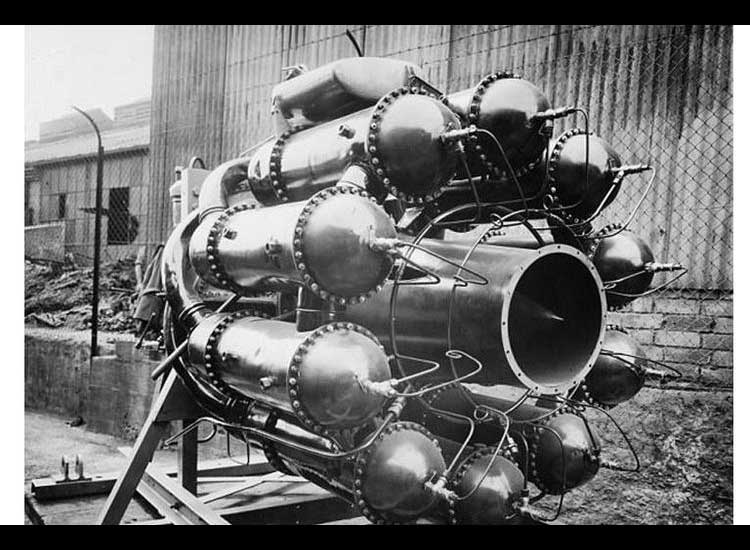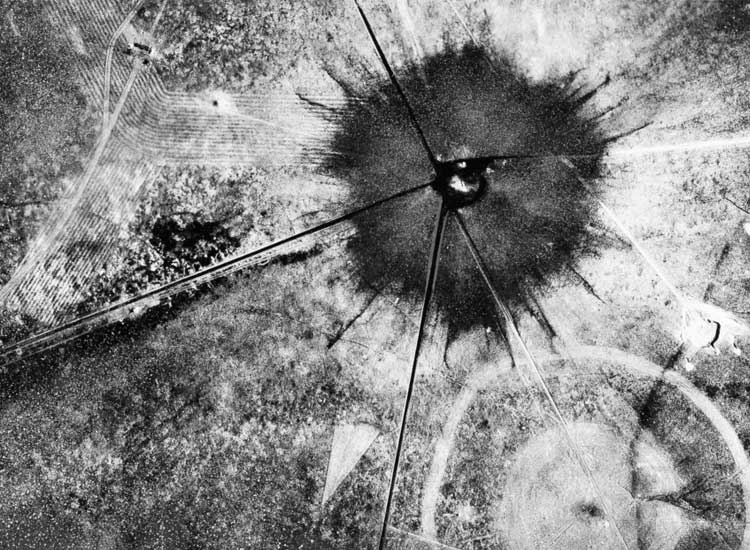Discovery and Experimentation of the Turbojet Engine for the First Time… – Airplanes have developed over time. Moreover, after Orville and Wilbur Wright or the Wright Brothers succeeded in flying a plane for the first time.
One of the developments in the modern aviation era was marked by the presence of the turbojet engine. Initially, turbojet engines were created to answer the need for faster flights.
A British Air Force officer named Frank Whittle started it all. Armed with his experience and knowledge, he tried to assemble a machine which is now widely used by several world aircraft.
Members of the Royal Air Force (RAF) or British Air Force successfully tested the invention of the turbojet engine on April 12 1937 at a small factory in Rugby, Warwickshire, England.
Reporting from The Telegraph , during testing at Rugby in April that year, an engine roared as loud as an air raid siren.
This success is ironic, because the government doubts the discovery. However, in the end the invention was used in airplanes when World War II broke out. Turbojet engines help planes fly faster and cut travel time.
Considered a crazy idea
Frank Whittle was the son of a mechanic who was interested in aviation. As he got older, he was determined to enter the British Royal Air Force (RAF).
He passed academically, but failed the physical test. However, after going through a strict diet he was finally accepted at RAF Cranwell in 1923.
Because of his academic talent, he was recommended to become a cadet who had to write scientific reports every six months.
Reporting from the Daily Mail , it was at that time that he became obsessed with the future of aviation, especially the idea of jet engines that could fly at unpredictable heights and speeds.
At that time, planes used propellers. However, Whittle developed a jet engine that was able to suck in air and release power from the back of the plane.
Whittle believed that his idea was the future of aviation and would propel aircraft to around 300-800 kilometers per hour.
This idea was considered crazy by his lecturer. Even when it was sent to the Air Ministry in 1929, they rejected it as impractical.
Whittle refused to give up on the idea and patented the “turbojet”, with the help of a friend who was a patent agent in 1930.
In fact, this discovery was not included in the secret category. The RAF publicized it, while the Germans easily observed the development.
In 1935, the patent for the invention was not renewed because Whittle could not afford to pay enough money.
Establish cooperation
Even though he received rejection, Frank Whittle did not give up and started looking for partners. In 1936, he succeeded in getting a partner in the company Power Jets Ltd and agreed to test his invention engine.
Reporting from Britannica , the outbreak of World War II prompted the British government to support Frank Whittle-style development.
Finally, the turbojet engine of his invention was installed in a specially built Gloster E.28/39 fuselage. The maiden flight took place on May 15, 1941.
“I want 1,000 Whittles,” said Winston Churchill when impressed by the first flight of this propellerless plane.
In 1943, a turbojet engine was part of the first British fighter jet, the Gloster Meteor, which reached a speed of 965 kilometers per hour.
The British government takes over Power Jets Ltd. in 1944 and the Gloster Meteor became an aircraft in service with the RAF, intercepting German V-1 rockets.
Whittle retired with the rank of Air Commodore/Major General due to failing health in 1948.
He was knighted and awarded £100,000 by the Royal Commission on Awards to Inventors.
Despite being a pioneer of jet technology, which has enabled millions of people to travel around the world, he is considered to be outclassed by George Stephenson (the father of the railway) and Alexander Graham Bell (the telephone).
Link Rekomendasi :





